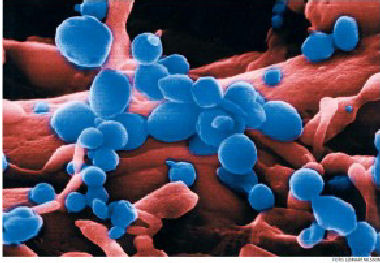“The first high-resolution close-up photographs of the H5N1 avian flu virus, taken by science photographer Lennart Nilsson, appeared in the Swedish daily Dagens Nyeter (DN) on November 7, 2005, in what the newspaper said was a world exclusive.”
Try these fun activities from Quia to revise Unit 1: Area of Study 1: Cell Structure and Function.
Cell organelles: http://www.quia.com/jg/1624832.html (Word search, Concentration or Flash Cards)
Cell organelles and Photosynthesis review: http://www.quia.com/ba/265821.html (Battleships)
Cells – Who wants to be a millionaire? : http://www.quia.com/rr/450977.html
The cell and plasma membrane: http://www.quia.com/cb/447399.html (Challenge board)
Stages of Mitosis: http://www.quia.com/rd/161026.html (Ordered List)


